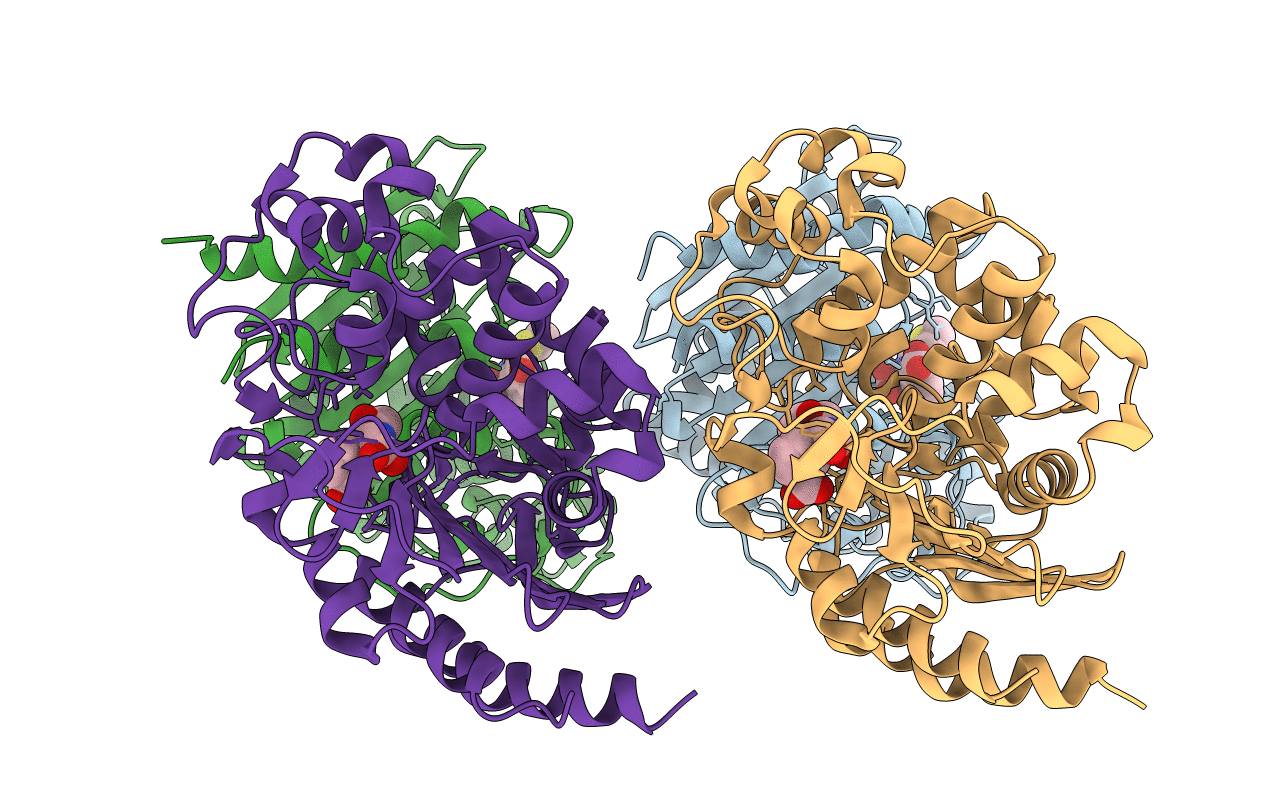
Deposition Date
2017-06-01
Release Date
2017-11-29
Last Version Date
2024-11-06
Entry Detail
PDB ID:
5W13
Keywords:
Title:
ADC-7 in complex with boronic acid transition state inhibitor SM23
Biological Source:
Source Organism:
Acinetobacter baumannii (Taxon ID: 470)
Host Organism:
Method Details:
Experimental Method:
Resolution:
1.95 Å
R-Value Free:
0.24
R-Value Work:
0.18
R-Value Observed:
0.18
Space Group:
P 1 21 1


